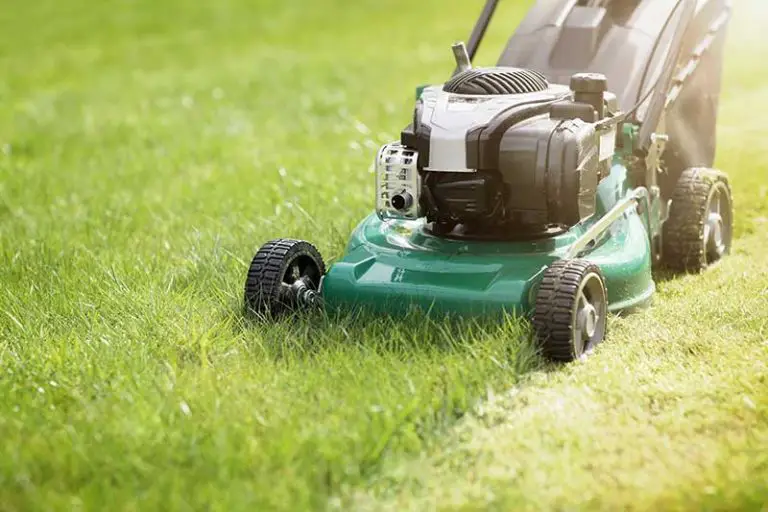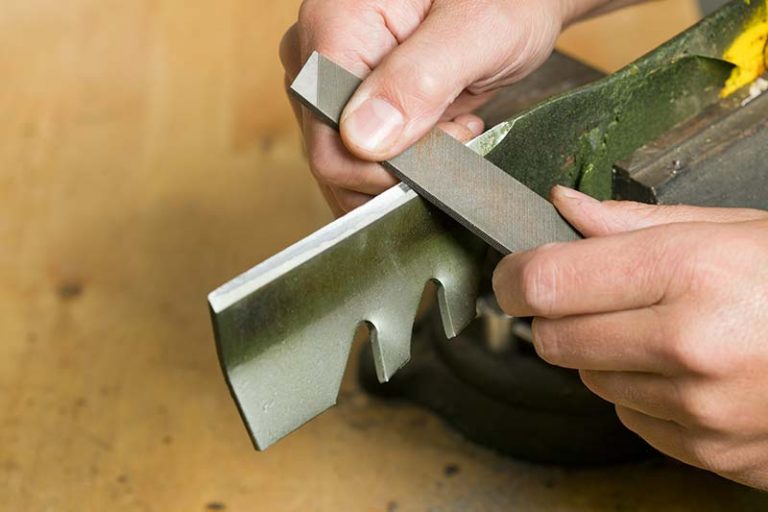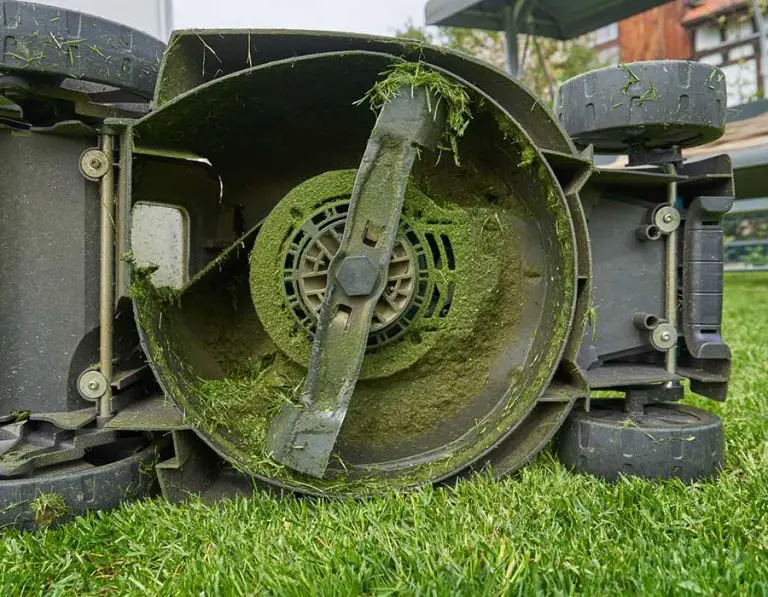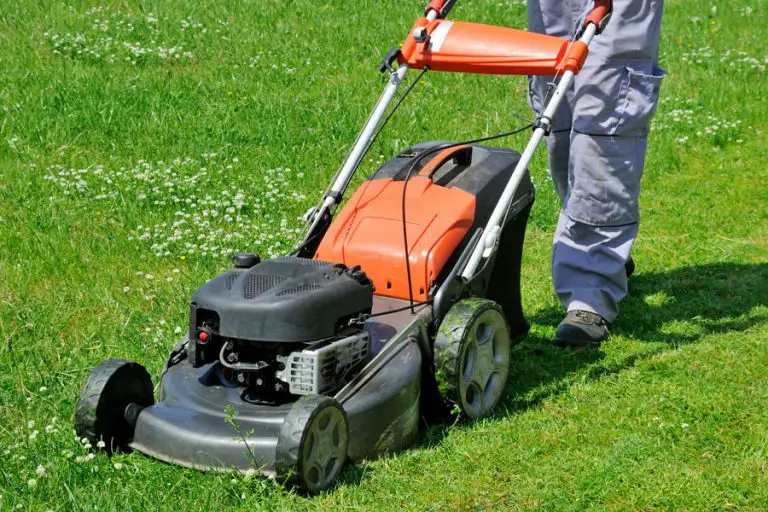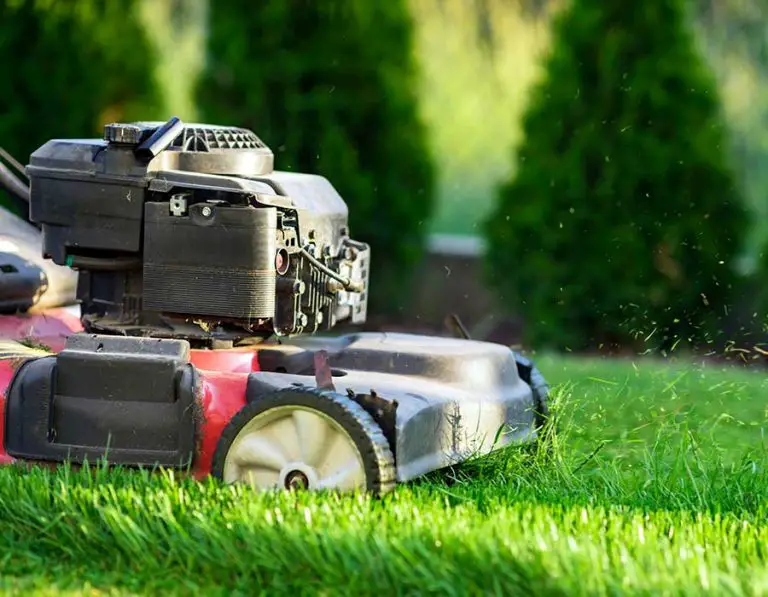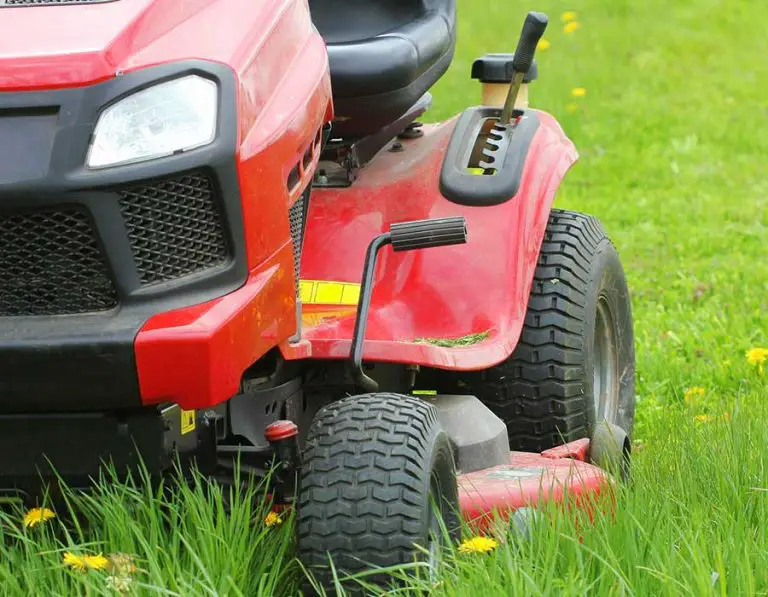When To Mow New Sod: How Long Should You Wait?
If you’ve just set down some new sod and you’re excitedly watching it take root and settle into a lawn, you might be wondering how soon you can take a mower over it and start cutting the blades short and even. A lot of people wait longer than they need to; you might be surprised at how soon you can mow newly planted sod. How long should you wait?
In the right conditions, you can mow new sod as soon as fourteen days after you first lay it. That is assuming that it has rooted; in poor conditions or during the colder months, you will need to wait longer to ensure you aren’t disturbing the roots before they have a firm grip on the ground.
When To Mow New Sod: How Long Should You Wait?
When you should mow will depend to a degree on what conditions you have laid the sod in, what time of year it is, and how quickly the sod roots. It will also rely on whether you have kept up with a sufficient watering schedule. You can wait for fourteen days, but you should also check that the sod is rooting properly before mowing for the first time, or you might damage the ground.
To test if the sod is rooting, tug gently on a corner. Well-rooted sod should not shift. If you can feel it moving, it may not be ready yet. Give it a few more days, and then test again.
Do not be too impatient to mow; it’s important that a good root network has been established before you stress the grass by putting weight on it or cutting it. On the other hand, you shouldn’t let it get too long, or it will be hard to cut it to a good height, and it may stay damp for longer.
You should aim to slightly reduce the frequency of watering before the first cut: this will help the soil to firm up, and may also promote deeper root growth as the grass seeks water further down. Do not mow when you’ve just watered, but let the ground and the plants dry out.
Make sure to pick the best time of day to mow to avoid stressing out your grass. The best times to mow are in the mid-morning or late afternoon, as this is when temperatures are low enough for the soil to retain moisture, but not so low to encourage the growth of lawn fungus.
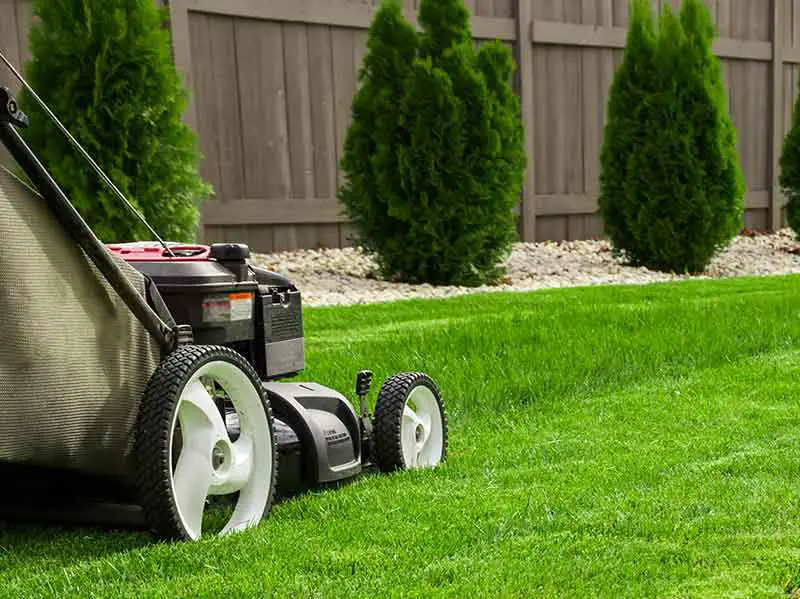
What Happens If You Mow New Sod Too Soon?
If you mow the sod before it has time to root properly, you will risk damaging its roots and pulling it up. You shouldn’t walk on sod that has just been laid, let alone press heavy machinery over it.
Remember that all the tiny root follicles are starting to work their way into the topsoil and establish themselves, but they are small and weak to begin with, and you might damage them with early mowing.
You will also weaken the grass, as it needs its leaves to photosynthesize, and early mowing could take off more leaf than is healthy. Your plant still needs to be able to soak up the sun’s rays to grow strong, as well as taking nutrients from the ground.
Ensuring your grass is well established before you cut it encourages healthy plants and will mean you don’t risk disturbing the roots – which could result in having to re-lay the sod and start the process all over again!
While you are mowing, make sure that you keep an eye out for any signs of the soil shifting. If it seems to be, stop mowing and check. You do not want to disturb, tear, or majorly compress the roots that are starting to take, so if you find areas are not properly rooted, stop mowing, and give the grass longer to settle in.
It may seem to be a long wait and the sod might look very much in need of mowing, but you’ll have to put up with shaggy edges for a while if you want strong, healthy grass, and you don’t want to risk undoing your work so far.
It’s also worth noting that you shouldn’t use a particularly heavy mower, such as a riding mower or a zero turn mower, for the first few sessions. These weigh too much and will compress and damage the grass and soil. Ideally, you shouldn’t use these until the fourth or fifth mow if possible.
You may be able to borrow a light mower from a neighbor or hire one if you don’t have one yourself. It’s important not to damage the roots at this stage, so avoid heavy mowers if possible, and don’t use them until the grass is very well established and has been growing for several months.
How Short Should You Cut The Sod?
Next, once you’ve established that the sod is rooted and ready to be cut, you’ll need to think about how short to cut it. You should be able to adjust the height on your mower to ensure that you aren’t getting a cut that’s too close.
This is important for all lawns, but particularly important for newly laid sod. You should never be cutting off more than one third of the height of the grass blade, as this will leave enough for the plant to keep photosynthesizing with. It also avoids stressing the plant, which is important for young plants in particular.
Make sure your lawnmower’s blades are nice and sharp prior to starting. This will give you a better cut, and will again minimize the stress on the plant. Sharp blades cut evenly, while blunt ones tend to tear the leaves and give you a ragged look.
While you can use the general rule of cutting your grass to around two and a half inches, you may find it useful to know more specifically how long to cut the kind of grass you are trying to cultivate in your garden. Different grasses prefer slightly different heights, so this is a good way to maximize plant health.
There are quite a few things that determine how short you can cut grass, so we’ve put together some of the basics so you’ll know what a good length for your new lawn is.
| Grass Type | Recommended Height For Mowing |
| Ryegrass | 0.75-2.5 inches |
| St. Augustine grass | 1.5-2 inches |
| Fine Fescues | 1.5-4 inches |
| Tall Fescues | 1.5-4 inches |
| Kentucky Bluegrass | 1.5-2 inches |
| Zoysia grass | 0.5-3 inches |
| Centipede grass | 1-2.5 inches |
| Bahia grass | 2.5-4 inches |
| Bermuda grass | 0.5-2.5 inches |
| Buffalo grass | 2-3 inches |
As you will see from the above table, few kinds of grass will tolerate being cut to shorter than 0.5 inches at the very shortest. Most grasses are better with an inch or two inches of growth. This helps to shade their roots and protects them from damage.
It is better to cut grass a little too long, rather than a little too short, especially for the first few cuts. This will shock the plants less, and put less stress on them once they have been cut.
Taking off small amounts is particularly important if the grass has got long; remember that you should never be removing more than a third of its total length. Always check the mower height before you start cutting.
If the weather is very hot, be particularly careful not to cut the grass too short. Its height will provide some shade to its roots and also trap moisture in; very short grass is more vulnerable to the sun.
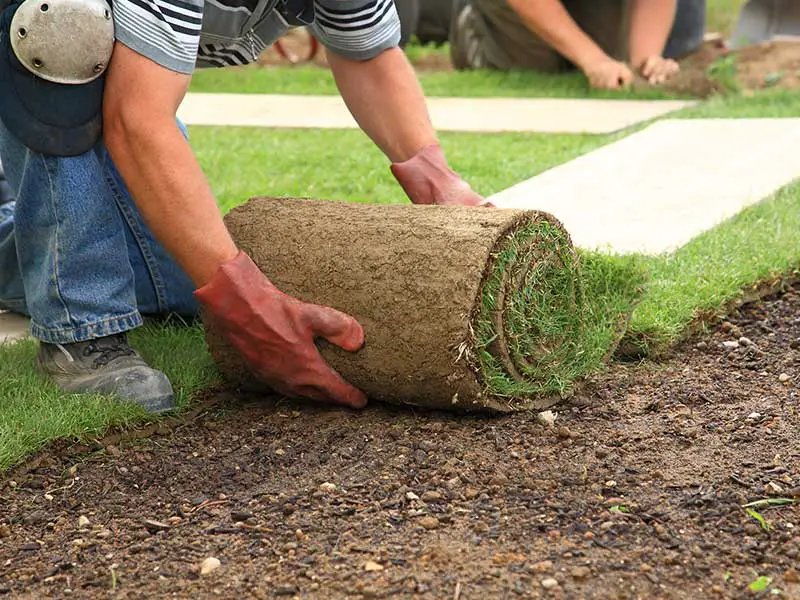
After-Care
Once you have cut your lawn for the first time, you should start to reduce how much you are watering it. Because its roots are now established, they should be able to reach deeper to get water, which means you can do a deeper water just once a day, as opposed to light waterings twice a day.
If you have been watering three times a day, you may want to reduce to two, and then drop to one a little while later. If the weather is hot, be particularly careful not to reduce the water too quickly, or your grass may dry out.
You will then want to let your lawn grow out a little, and keep an eye on the plant for a while. If it is showing signs of stress, increase the watering again slightly, and check the roots to make sure they are still firmly fixed to the topsoil.
If your grass seems happy, you can mow it again in a week or so, again taking only a third off its height at the most. No matter what the recommended length of your particular kind of grass is, do not remove more than a third at once.
If your grass is too long, you can allow a rest period of three to four days after mowing, and then mow again. Gradually reduce the height in this way, rather than by cutting a lot at once and damaging the plant.
Once you have mowed the sod a second time, you can reduce the watering again, dropping it by another increment or two – possibly from watering daily to watering every other day.
When To Fertilize New Sod
You might be wondering about the fertilization of new sod, especially as some sources recommend fertilizing before mowing. While you can fertilize before you mow, you may find that the timing doesn’t work out very well.
Experts indicate that grass sod won’t really start to take up nutrients until it is well-rooted and established in the ground, so they don’t recommend fertilizing newly laid sod until about six weeks after laying it, or even longer.
This obviously doesn’t fit in very well with mowing around the two-week period (or a little after, depending on how fast your sod roots). Fertilizing shouldn’t really make a difference to mowing your grass, and most sod comes fertilized, and should still have plenty of reserves by the two-week mark.
You can fertilize before mowing if you wish to, but you may not see much benefit from doing so. As long as your grass has rooted well, it shouldn’t need to be fertilized before it can handle being mowed.
Conclusion
So, that’s the answer to when to mow new sod: how long to wait?
Knowing when to mow your new sod is a very important part of getting a lawn established. If you are somebody who loves a neat, tidy lawn, you might be tempted to get out there with the mower before it’s ready.
It’s important to resist this urge and let your grass get firmly rooted before you start adding the stress and weight of a mower to its surface. You shouldn’t even walk on new sod for a couple of weeks, as this could damage the roots and lead to bare patches.
Check your sod has begun to establish good roots in the topsoil and doesn’t move when pulled before you risk mowing it. When the time does come to mow, learn the best height for the type of grass you have laid, and make sure you err on the side of too long to protect the plant from unnecessary stress.
Wondering how long it will be after installation before your sod lines disappear? See the information in our guide here.

